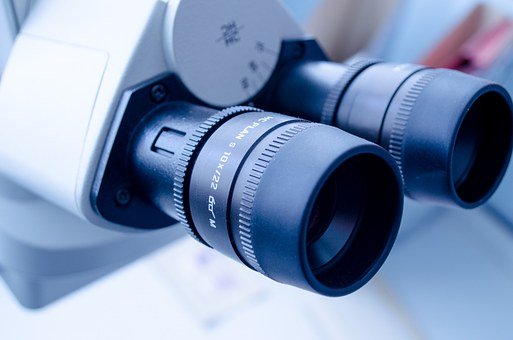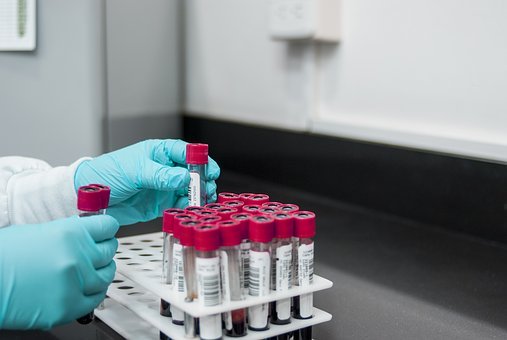The Cause of Endometriosis -- Endometrial Implantation Theory

In 1860, Von Rokitansky described endometriosis for the first time, but its pathogenesis is still an unsolved question. In 1921, Sampson proposed the theory of the backflow of menstrual blood and endometrial implantation theory, which is generally accepted as the leading theory.
However, the backflow of menstrual blood is very common in women of childbearing age, with an incidence of about 90%. It is almost a physiological phenomenon, but only 10% - 15% of people have endometriosis. Moreover, Sampson's implantation theory can not explain the distant metastasis of endometriosis, so this theory Questioned.
The implantation theory is also called the Sampson theory. In 1921, it was put forward that the active endometrium can be planted in the ovarian or rectocele, and it can be deposited by gravity.
The menstrual blood of normal women contains not only blood but also shed endometrial fragments. When women are menstruating, the menstrual blood can pour into the fallopian tube from the uterine cavity and enter the pelvic cavity through the fimbria end.
#p#副标题#e#
The endometrial fragments mixed in the menstrual blood can be planted on the surface of the pelvic cavity, abdominal cavity, and peritoneum, where they continue to grow and spread so as to form endometriosis. Under the direct action of ovarian hormones, there are periodic changes. The implantation theory has gone through three stages of verification:

1. It is true that there is a counter-current of meridians;
2. Endometrial cells can pass through the fallopian tube;
3. Endometrial cells must be able to survive in the implantation site.
Does the reversal of menstrual blood flow in the fallopian tube mean that the endometrium can also enter the pelvic cavity?
The length of the fallopian tube is about 8-350px, which is divided into four parts. The isthmus is the narrowest part of the fallopian tube. The diameter of the lumen is 2um-3mm. The muscle tissue of the fallopian tube can contract rhythmically, making the fallopian tube peristaltic.
When the sperm and the egg are fertilized in the ampulla of the oviduct, they will fuse into the fertilized egg and become the largest cell in the human body. Under the peristalsis of the oviduct, the fertilized egg can enter the uterine cavity through the interstitial part of the oviduct, so it is possible for the endometrial cells to pass through the oviduct cavity with the blood.
#p#副标题#e#
The basis for supporting this theory is as follows:
1. Geist (1933) used a capillary with a diameter equal to 1 / 3 of the inner diameter of the stroma to suck out the endometrial cells in the blood from the interstitial part of the fallopian tube, which confirmed that the endometrial cells could flow through the fallopian tube;

2. Ridley (1938) confirmed that there were free and active endometriosis fragments in the fallopian tube;
3. Te Linde and Wharton (1953) inverted the uterus of rhesus monkey and made menstruation flow into the pelvic cavity. It was confirmed that endometriosis occurred after the interval of February to two years. Scott and the Linde (1954) confirmed the growth ability of endometrium after implantation, and hughesdon (1958) further confirmed it.
4. During the exploratory laparotomy in the menstrual period, it can be seen that there is blood flow from the fimbrial end of the fallopian tube, which contains active endometrial cells; any factors that hinder the smooth flow of blood flow, such as imperforate hymen, vaginal atresia, cervical stenosis or adhesion of the cervix and uterine cavity, are prone to suffer from endometriosis.
5. Most of the ectopic lesions are distributed in the free parts of the pelvic cavity, such as the uterine rectum lacuna, ovarian fossa, and so on. Because the ovary is close to the oviduct fimbria, it is also easy to implant.
The theory can explain the ectopia in the basin, abdominal cavity, genitalia, and surgical incision, but it can not explain the ectopia outside the basin, abdominal cavity, head, umbilical cord and lymphatics, and can not explain why 70% - 90% of women have menstrual blood reflux, but only a few have endometriosis, so other theories are put forward on the basis of this.
You may also be interested in:
You may also be interested in
- Endometriosis and Debilitating Bowel & Bladder Pain: Diagnosis, Treatments, and Hope for Relief
- Struggling with Endometriosis Symptoms? Proven Back Pain and Painful Sex Relief Options
- Severe Endometriosis Treatment: Chronic Pelvic Pain Relief and Infertility Solutions
- New Endometriosis Pill Approved on NHS: What This Means for Patients and the Role of Traditional Chinese Medicine
- Can Endometriosis Be Endured Until Menopause?
Testimonials
- Adenomyosis with Ureaplasma Urealyticum Cured by Fuyan Pill
- Tubal blockage with hydrosalpinx can be cured by TCM shortly
- Fuyan Pill Helps A woman with Adenomyosis Get Pregnant
- A Woman with Hydrosalpinx Is Cured with Fuyan pill
- Pelvic Inflammatory Disease Testimonials
- Irregular Vaginal Bleeding and Endometrial Thickening Cured by Fuyan Pill
- Pruritus Vulvae and Frequent Urination: Mycoplasma Infection Cured after 2 Courses



